Snowing, again, the sky is a white veil. Very slowly, winter is shrinking, but it is a merciless process. Even as walls of snow diminish, driving in Weyburn remains stressful. On some corners the ice and snow piles are taller than the car, sight lines aren’t clear. If I didn’t know where I was going, I’d be lost in the corridors, these white spaces like tunnels.
I yearned for a long, deep winter, time to sink into myself and contemplate the next phase of my life. But I’m ready for spring, its movement, its smells and warmth. I want freedom from winter parkas and hats, gloves and boots. All the boxes in my storage spaces are nearly empty, the clutter is gone. Winter work is over.
By September we will be in another city, living in a different house. My husband will be doing a different job. My kids will have a new school, new friends, new routines. This changes what I had been planning.
Transitions produce a lot of noise inside my mind, a roar of energy that—like hyperlinks—demands exploration. Today was a day of constant, white noise, like an itch I can’t scratch. Seeking calm, I was drawn to Kathleen Wall’s blog, Blue Duets. Kathleen’s strong, reassuring writing has a way of grounding me with concrete reminders that the life of the mind is as real as the life of cats, weather, and the rustling sounds of children who really aren’t children anymore.

Spring, thirteen years ago, comes back to me today, when I remember Kathleen’s voice outside of class, on a stairwell where we encountered each other, travelling in opposite directions. She extended me a generous kindness, which has remained in my life like a pebble tossed in a pool, with ever-widening effect. Today, the memory pulled so strongly that I could almost feel my body sway in movement, continuing down the stairs, around corners and past the Library. Through the Administration-Humanities building, walking the corridors of the Language Institute, on my way to Luther College to meet with a group of honours and masters students. I had been humming, reached to open the door to the sunny outside, and was stopped by a young man who asked if he could open it for me.
Thirteen years ago I was finishing my undergraduate studies; this was the end of the line. Humming kept my daughter from moving too much, which threatened the stability of my breakfast, lunch, and everything else. Some of the students on campus had begun to recognize me, that woman with the bulging belly, squawking as though she were musical. They were kind, opening doors and suggesting I take their spot on elevators. I still preferred stairs to closed-in spaces, despite the heavy exhaustion of the last trimester of pregnancy.
My life was changing, another bend that I sensed but couldn’t fully understand. How can anyone know what parenthood will be, for them, until it is here?

I was the recipient of the most incredible gift when I was a student. For the last half of my ten years at the University of Regina I was mentored by a faculty member with a Ph.D. from the University of Alberta, who possessed a passion for literary theory and philosophical ideas that he couldn’t contain. He taught through a series of term contracts, and without graduate students to supervise, he turned the full-force of his enthusiasm on any of us undergrads who didn’t run screaming. I was the keener who stayed to listen.
Thirteen years ago I was also taking an honours/graduate class on postcolonial literature and theory. The novel, Wide Sargasso Sea by Jean Rhys intersected Charlotte Bronte’s Jane Eyre. Wide Sargasso Sea was from the postcolonial class. Jane Eyre was from Kathleen’s class. The two entwined to become my honours thesis, a mixed reading of a dialogue of one text responding to the other, while feminist readings of both texts compelled me to engage in a conversation about the depiction of the ‘mad woman’ in literature. It was this last component, the unexpected glimpse of institutionalized mentally ill women that left me filled with gnawing uncertainty.
About doubt, I want to say something like this: sometimes, on paper, theorists don’t understand. They don’t know, not outside of metaphor, how real lives exist within theoretical constructs. Constructs of madness. Motherhood. Seasons, changes, a poem. Consider Freud. Words are tools to explain, argue, carve out space and defend. It’s not a game. Rhys challenged Bronte for stealing the voice of the Creole woman, subjugating her for her own colonial narrative. What would I subjugate, for my own narrative of academic survival? I was confronted with how little I knew—not of ideas and systems, but of life—and how much I was risking if I got it wrong.
I’ve been remembering one of my mentor’s favourite discussion topics, preaching to the choir. These conversations attached to that tag line, link to categories like ‘dissemination of knowledge’, Otherness, difference, ‘philosophical debate,’ margins, gaps, ruptures, ‘free play of ideas,’ alterity, subjectivity, choice, transcendence. What remains in my thoughts are now ghostly fragments, worked and reworked in memory, recalled, layered with new experiences. Right now, I can’t remember the way we had conversations about real-world impact, experience outside of the academy, speaking and finding one’s own way. There’s only one, his personal story about life lessons on compassion, not learned in school.
Ethics, a complicated tangle of experiences and ideas, a cultivation of empathy through the imaginative, metaphor-making capacity of the mind.

After that last class with Kathleen, when the semester had ended, I was officially not a student. My sole identity on campus was as Faculty Association staff, pondering a couple of unsolicited job offers from the world of HR management, a graduation present. I was moving further from the classroom.
I was on campus one day, in that thin sliver of time between classes ending and motherhood beginning. I was stopped outside Printing Services by a woman I knew through work, someone from Personnel. She was wildly excited about babies, couldn’t wait for my pregnancy to be over. We had barely parted company when I turned and encountered a member of the English department faculty. We talked for a while about parenting and children, and it wasn’t long before two other department members had joined us. The three of them hovered with me on the edge of the lounging pit in the Ad-Hum, the conversation turning sharply from motherhood to a current department hiring process, a meeting from which they were returning. Faculty positions for the next year had been decided, the hiring committee had chosen a candidate for the tenure-track job. Unexpectedly, I was tangled in a conversation of behind-the-scenes politics that students rarely glimpse that openly. This finesse of negotiation, an assertion of emotion that was ever-present in the office at work with clients, but rare in open corridors. I slipped away, like an intruder upon an existing conversation, having learned that a theorist, already on campus, with a Ph.D. from the University of Alberta was going to be hired.
By the end of August I was in northern Alberta with a three-month old baby, newly converted into a full-time mother and house wife. My husband was barely home because of the hours he worked, in a community where I didn’t know anyone. Life was suddenly a tunnel of white, undefined space, a wordless hum of energy, an emptiness of politics and conversation. For a long time, I didn’t know where I was going. I’ve since come to understand that my most powerful experiences have almost always happened in the in-between. Within undefined spaces, like white-walled corridors where nothing/everything is anticipated.
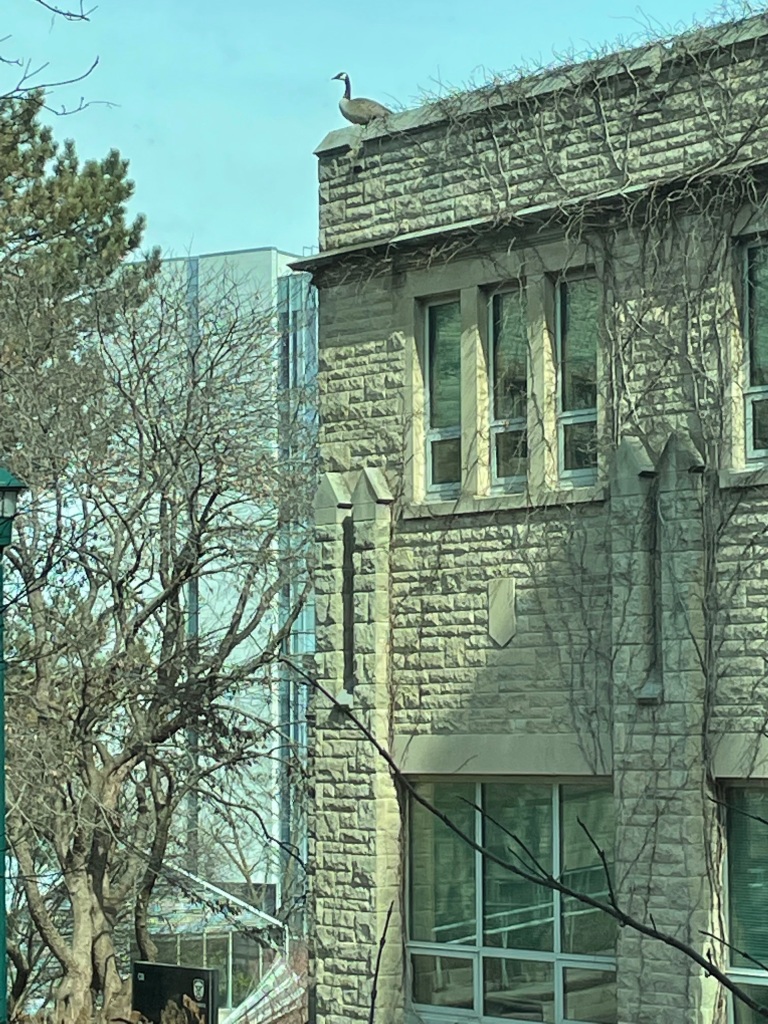


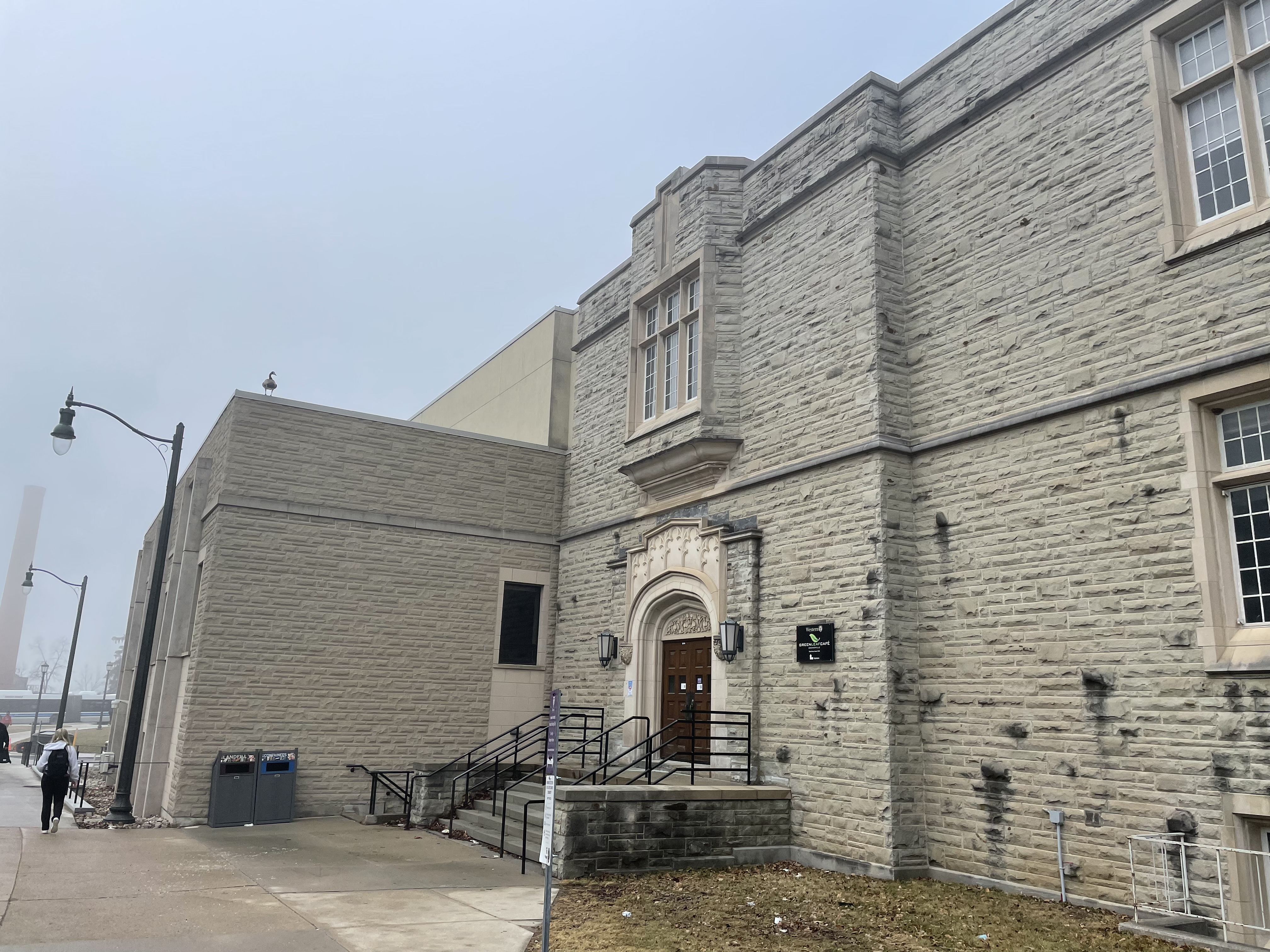
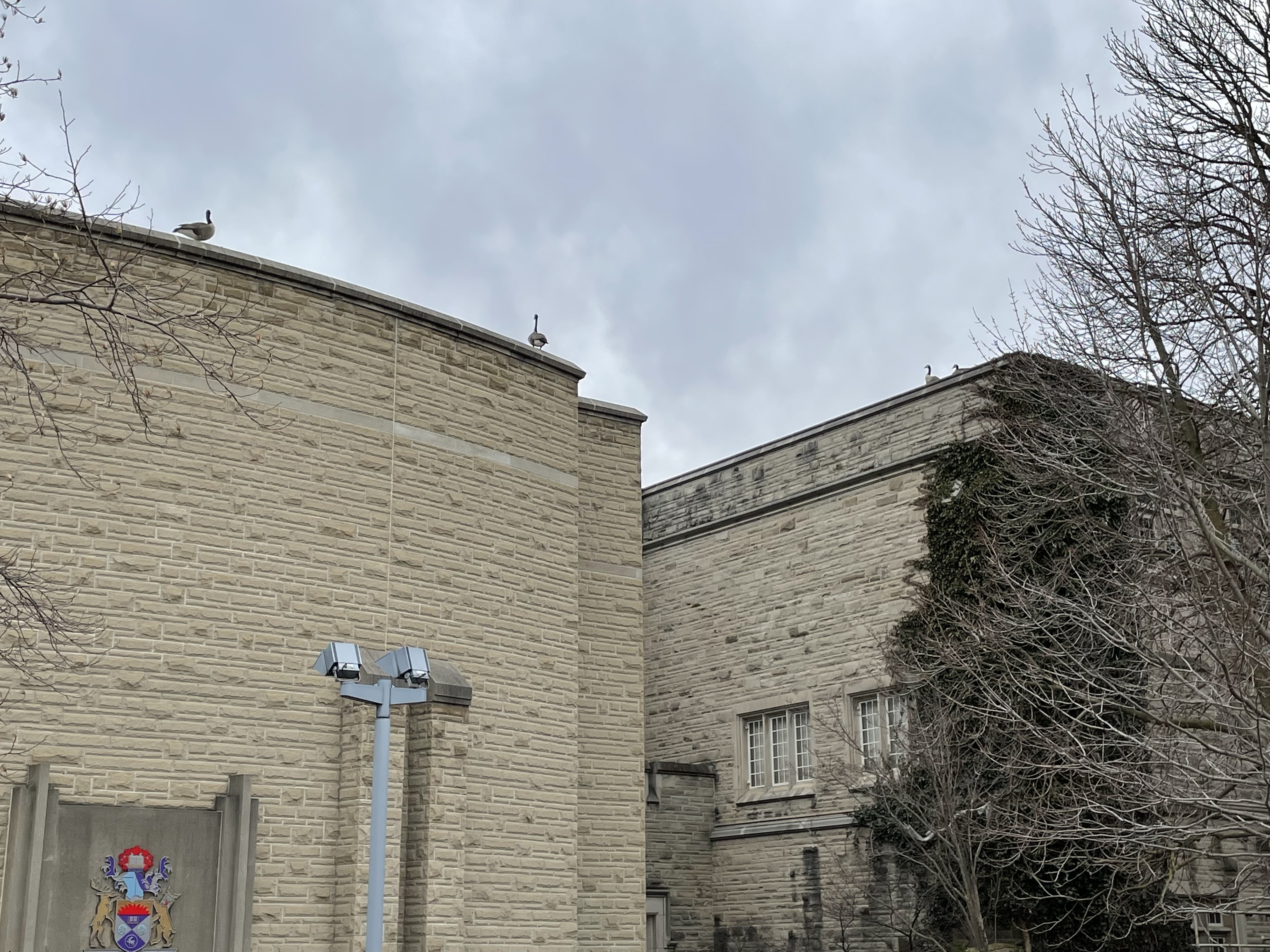
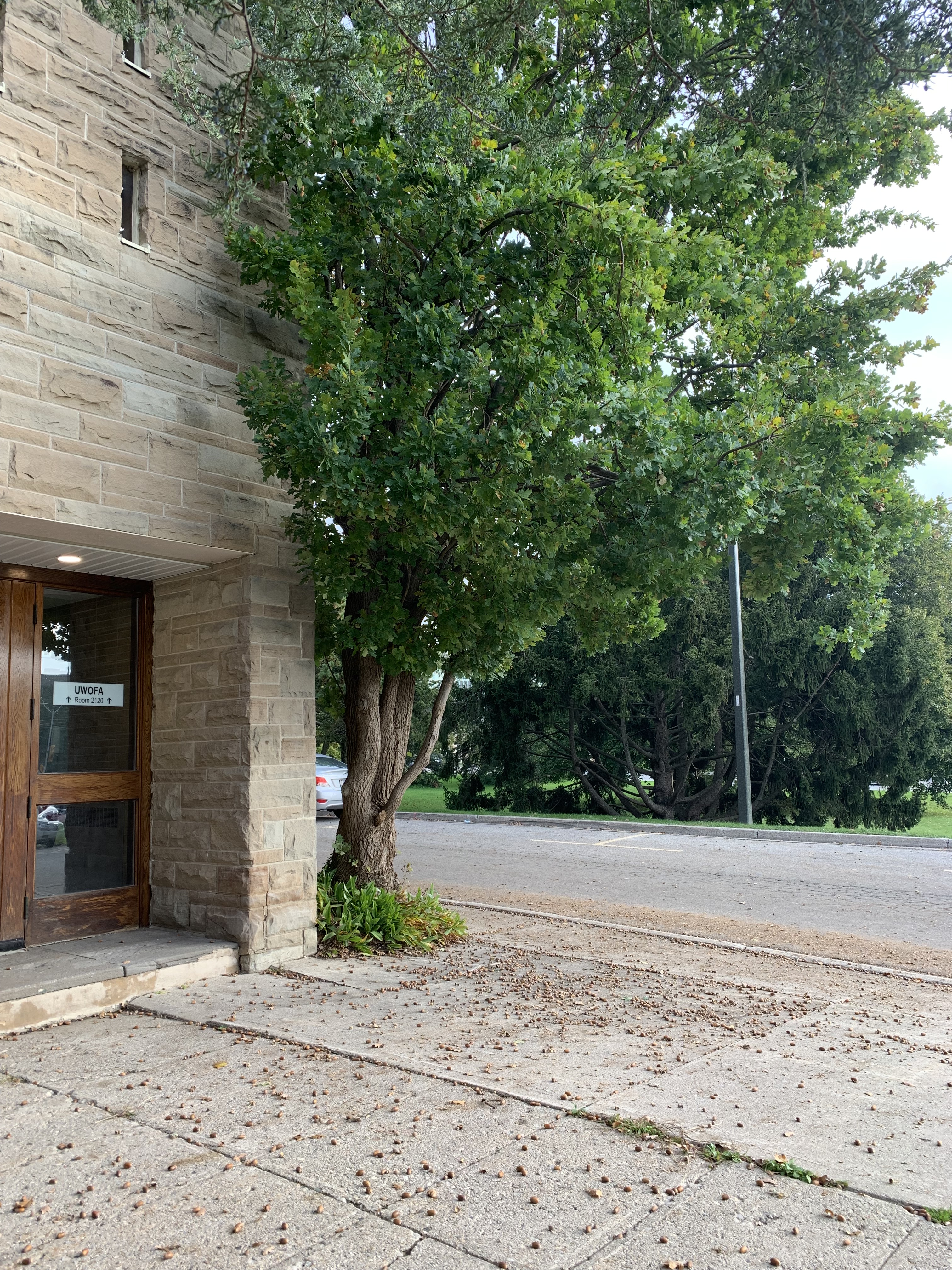
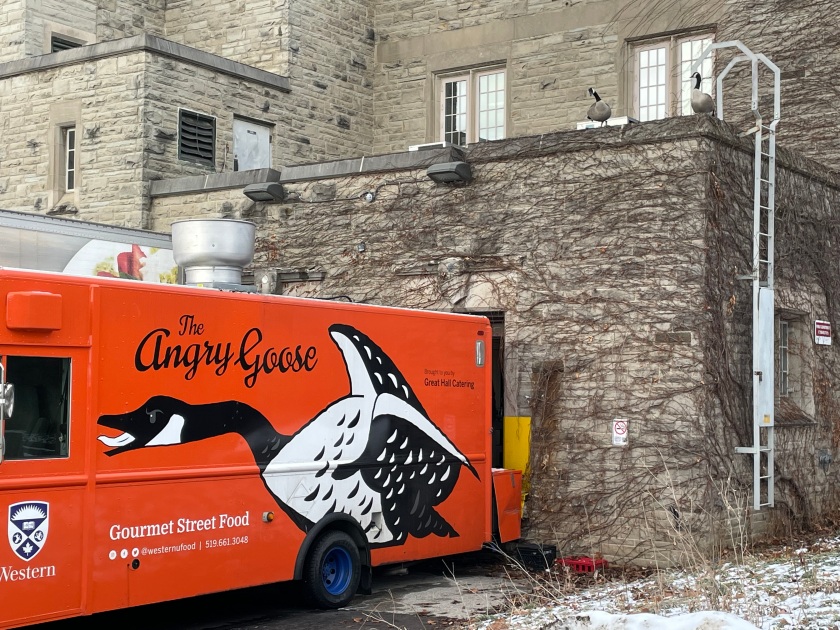

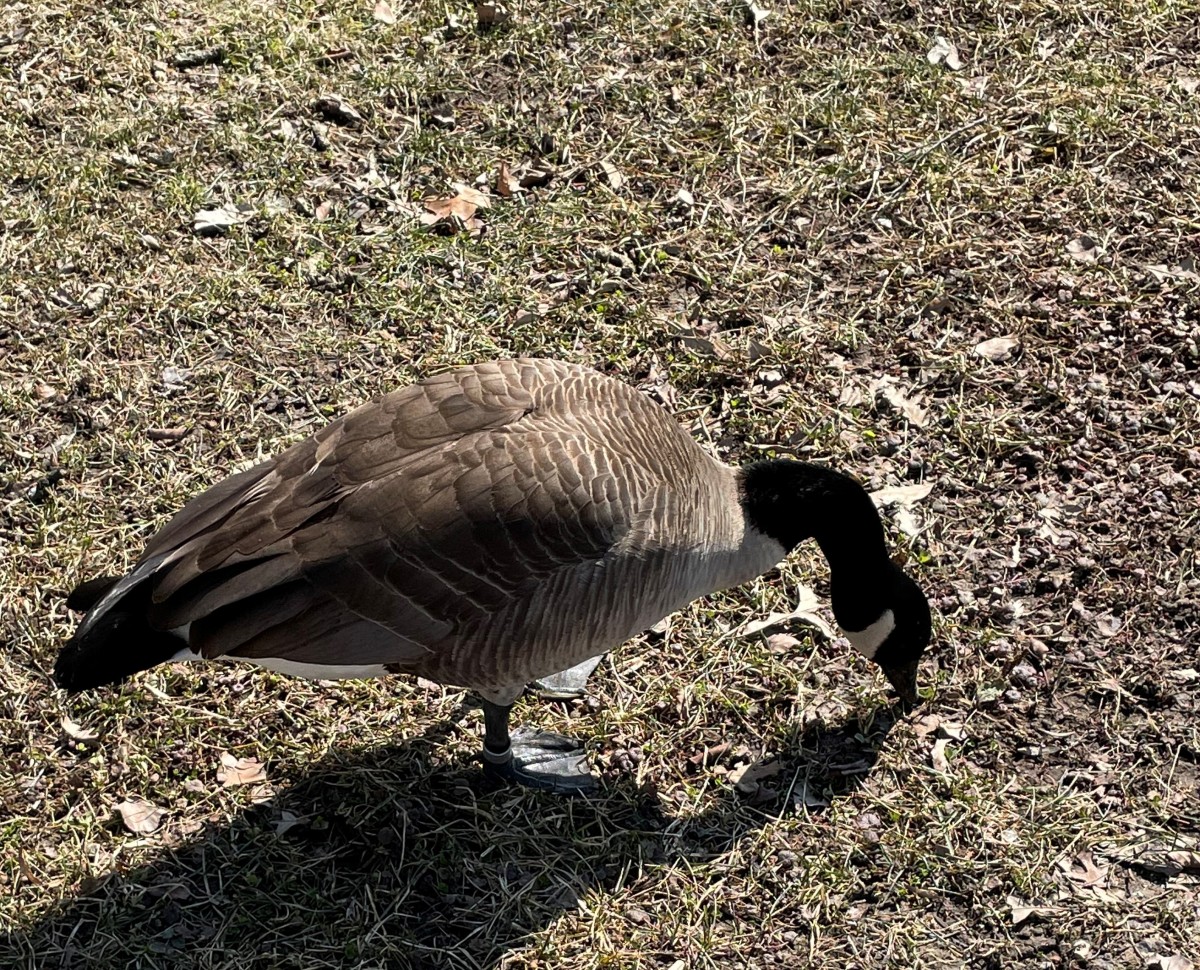



























 At this point in my story, I have lived in Weyburn for almost two months, and my family and I have met many people who are struggling with the same problems we have with housing. There are others living in campers, trying to get a house to buy or an apartment to rent. Others are crammed in with relatives or commuting to Weyburn from Regina or Moose Jaw each day for work. It is a seller’s market: nice houses rarely come up for sale and if they appear on the Multiple Listing Service they are very expensive; poorly maintained homes are easier to come by and cheaper, but are well beyond over-priced.
At this point in my story, I have lived in Weyburn for almost two months, and my family and I have met many people who are struggling with the same problems we have with housing. There are others living in campers, trying to get a house to buy or an apartment to rent. Others are crammed in with relatives or commuting to Weyburn from Regina or Moose Jaw each day for work. It is a seller’s market: nice houses rarely come up for sale and if they appear on the Multiple Listing Service they are very expensive; poorly maintained homes are easier to come by and cheaper, but are well beyond over-priced.




